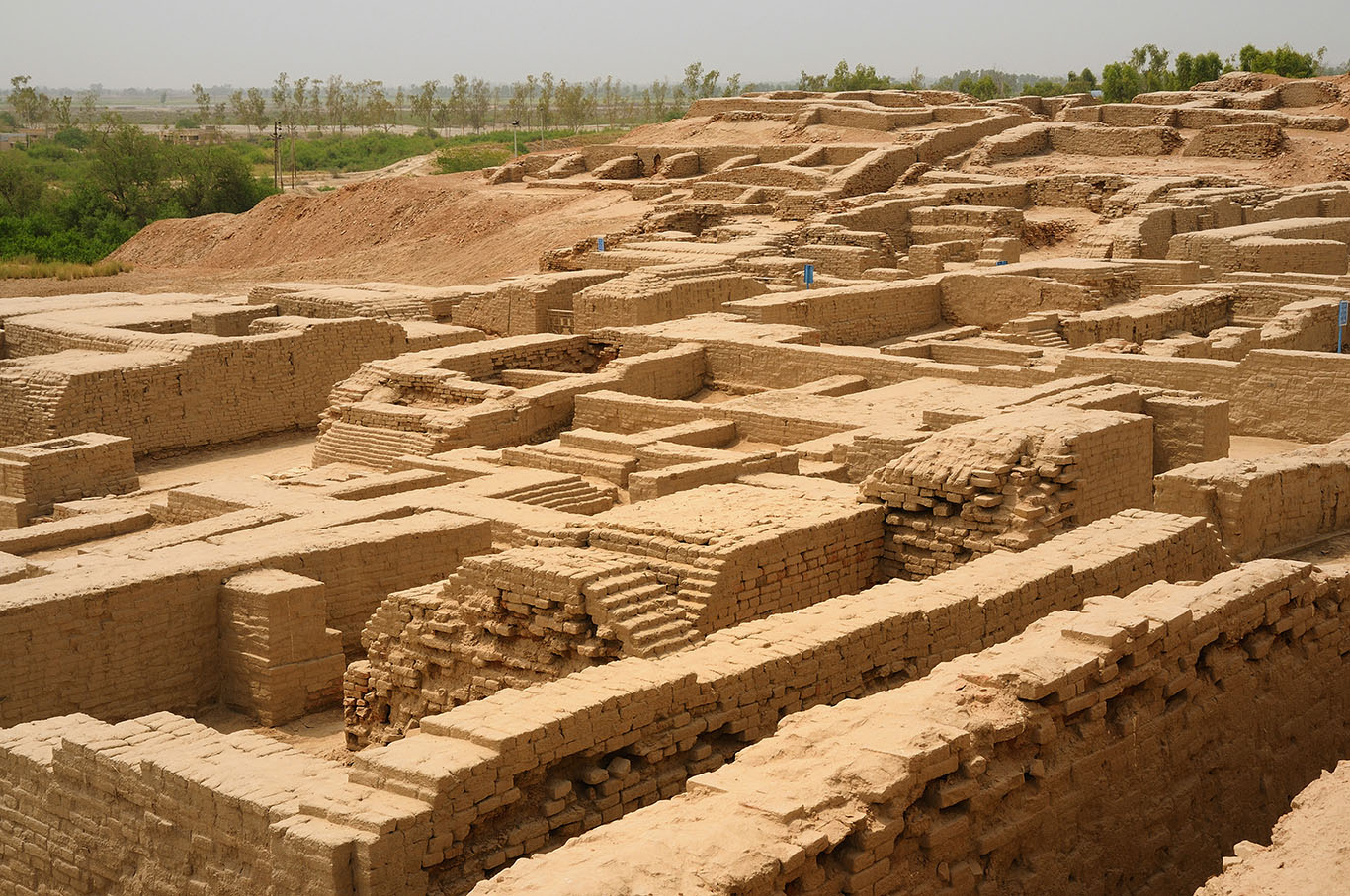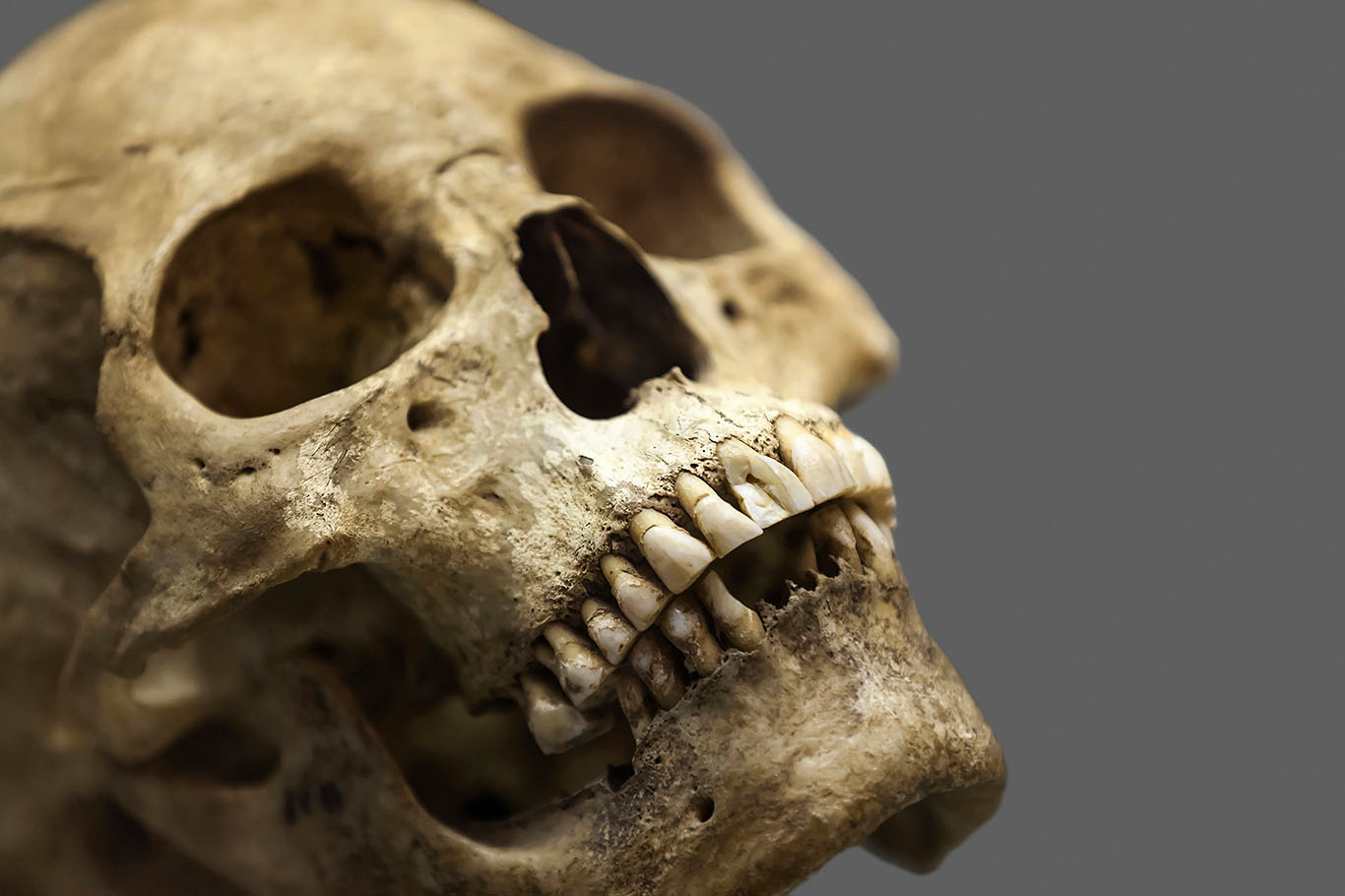Dental enamel reveals surprising migration patterns in ancient Indus civilizations.
University of Florida researchers have discovered that ancient peoples in the Indus Valley did not stay put, as was previously thought. Equally surprising is how they found out: by examining 4,000-year-old teeth.
As tooth enamel forms, it incorporates elements from the local environment. When the researchers looked at remains from the ancient city of Harappa, located in what is known today as the Punjab Province of Pakistan, individuals’ early molars told a very different story than their later ones, meaning they hadn’t been born in the city where they were found.

The Indus Valley, shaded brown, today comprises Pakistan and northwestern India.
Much of what modern researchers have gleaned about our common ancestors, particularly those from Egypt and Mesopotamia, comes from well studied tombs and burial sites. Discovering the narrative of peoples from the Greater Indus Valley – which comprises much of modern-day Pakistan and northwest India – is more challenging. The text of the Indus Valley Civilization remains undeciphered, and known and excavated burial sites are rare. In its heyday, Harappa held a population of 50,000, although the number of individuals represented by skeletal remains across the entire culture area totals in the hundreds.
These methods provide windows into the life history of past people.
The UF research team was led by then-doctoral student Benjamin Valentine ’15; biological anthropologist John Krigbaum; and isotope geologist George Kamenov. The team made a novel comparison of the dental enamel and chemical analyses of the water, fauna, and rocks of the time, using isotope ratios of lead and strontium. “The idea of isotope analysis to determine the origin of individual migrants has been around for decades. But what people haven’t been doing is looking at the different tooth types, essentially, snapshots of residents during different times of individuals’ lives,” says Valentine.

UF researchers discovered that those who dwelled within the walls of the ancient city of Harappa did not necessarily have to be born there to live there.
The researchers discovered that the people in the Harappa gravesites weren’t born there, but migrated there from the hinterlands. “Previous work had thought the burial sites represented local, middle-class people. There was no notion that outsiders were welcomed and integrated by locals within the city,” says Krigbaum. “All told, these methods provide windows into the life history of past people and underscore the role of interdisciplinary approaches to illuminate dynamics of human migration.”
To support the people, program, or research featured in this story, please visit
